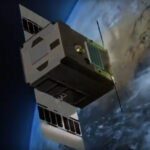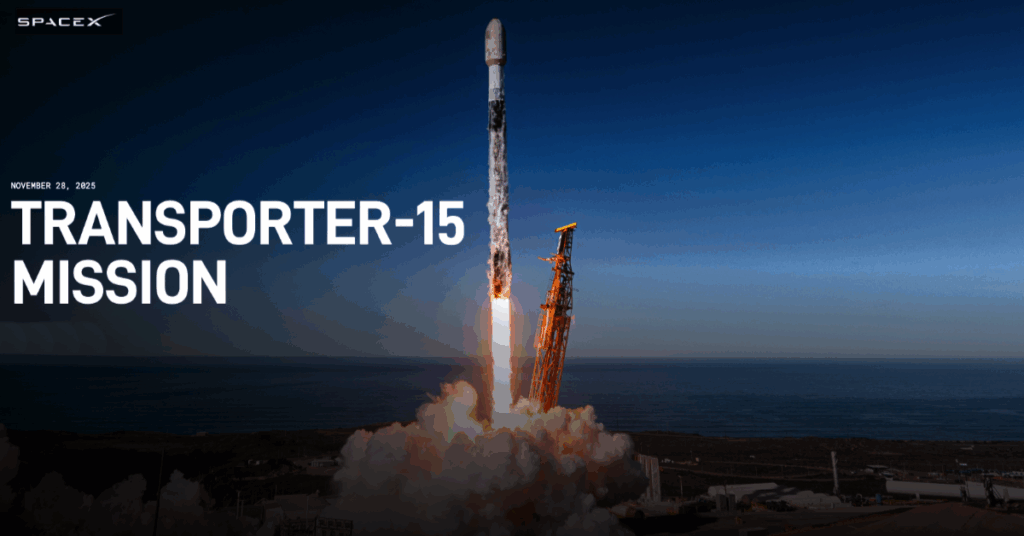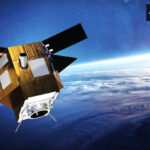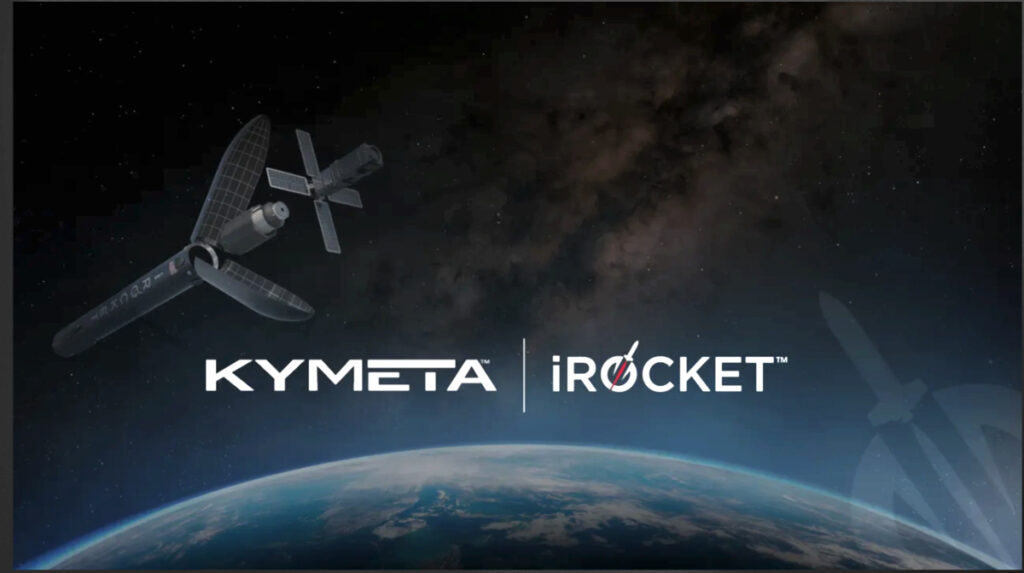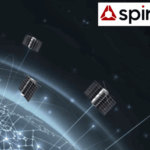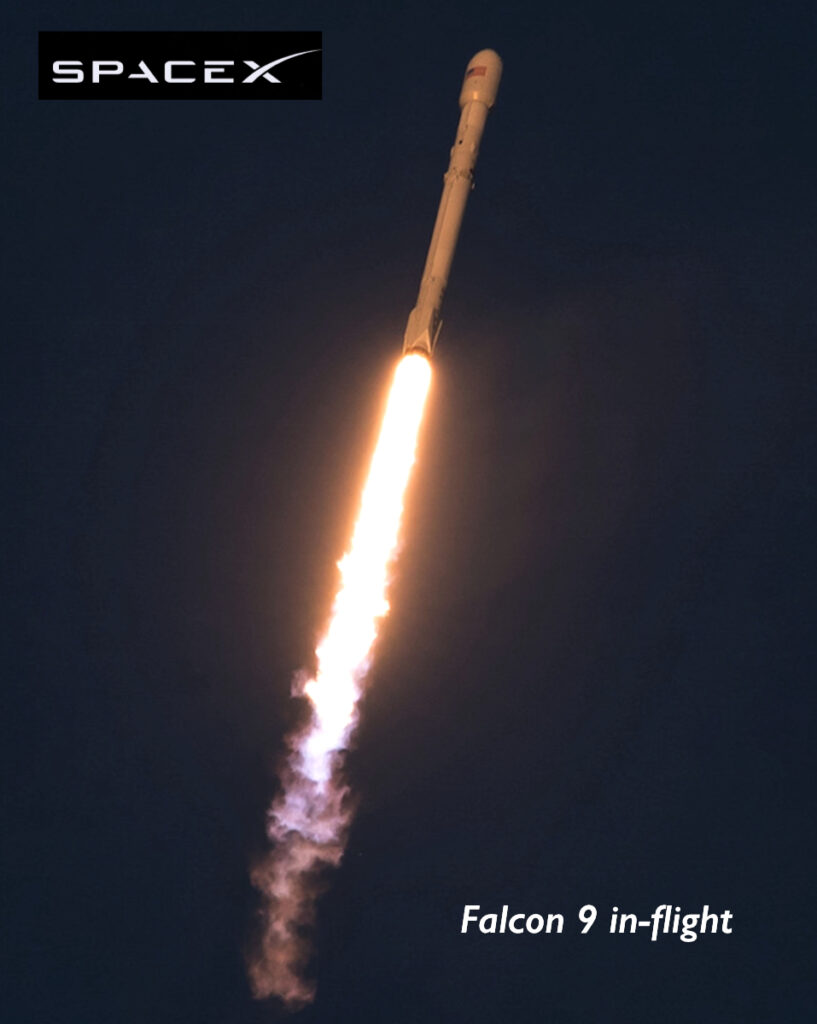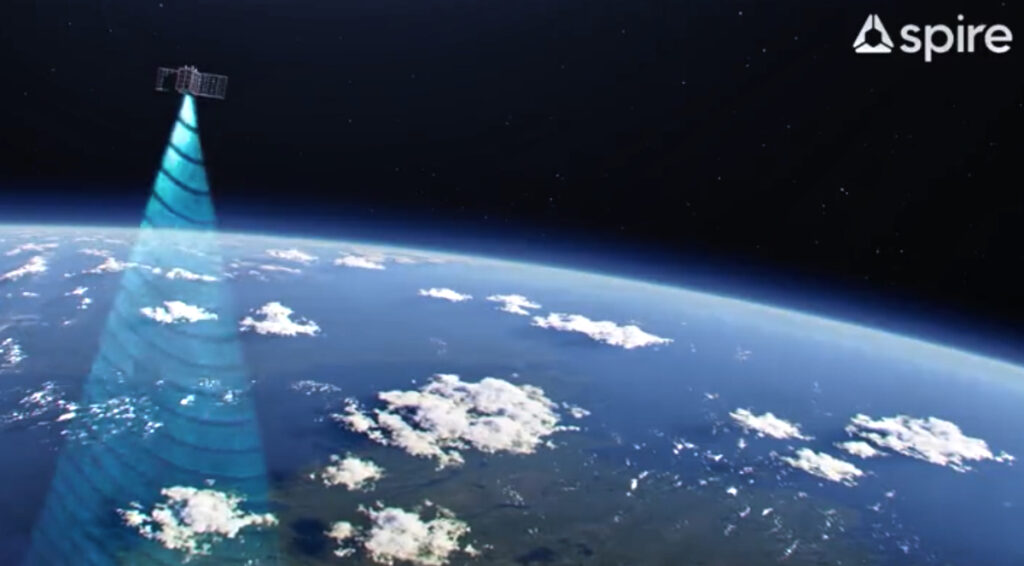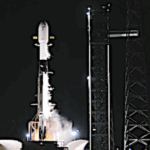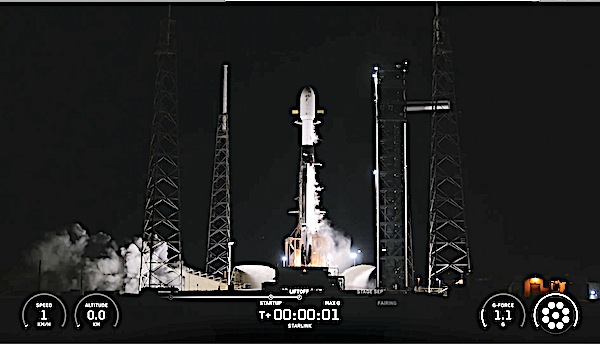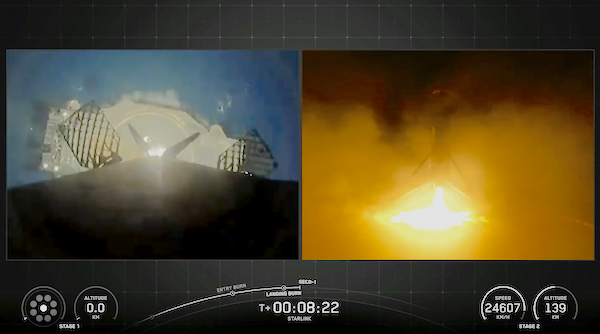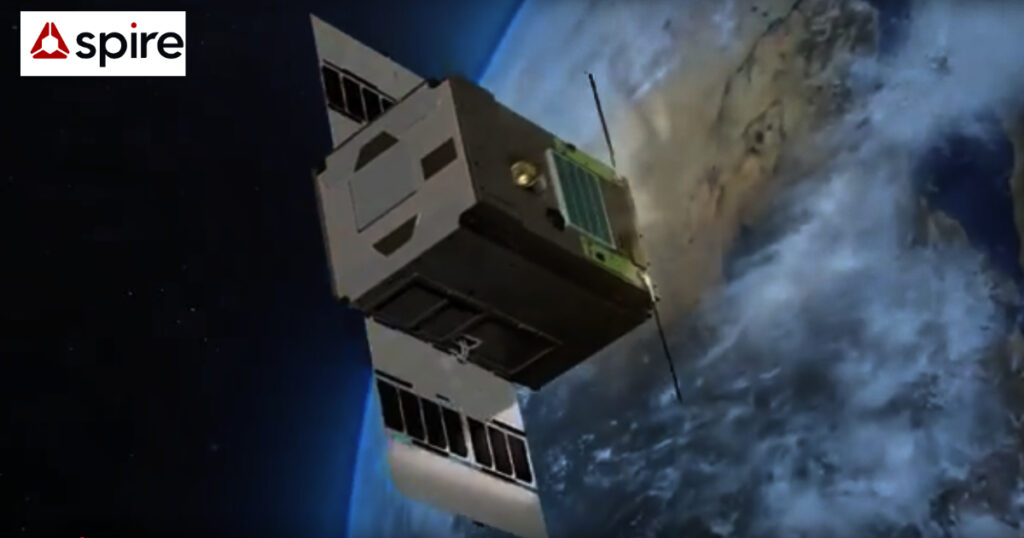
Spire Global, Inc. (NYSE: SPIR) launched 11 satellites aboard SpaceX’s Transporter-15 mission from Vandenberg Space Force Base.
The launch included satellites for Spire’s Space Services customers, along with three replenishment satellites.
Spire launched two satellites for GHGSat carrying payloads to monitor greenhouse gas emissions, expanding GHGSat’s constellation dedicated to high-resolution methane detection.Spire has designed and now operates a total of five satellites for GHGSat.
Spire also launched four satellites for Lacuna Space, each combining a Spire-built platform with Lacuna’s latest-generation IoT payloads. The satellites expand Lacuna’s global constellation designed to deliver low-cost, reliable connectivity to sensors and mobile equipment in remote or underserved regions.
Spire also launched three satellites carrying advanced Radio Occultation (RO) and Automatic Identification System (AIS) payloads to deliver high-quality atmospheric and radio-frequency data for global weather, climate, and commercial intelligence.

This marks Spire’s sixth launch of 2025, bringing the Company’s total number of satellites launched this year to 39 and more than 230 overall.

